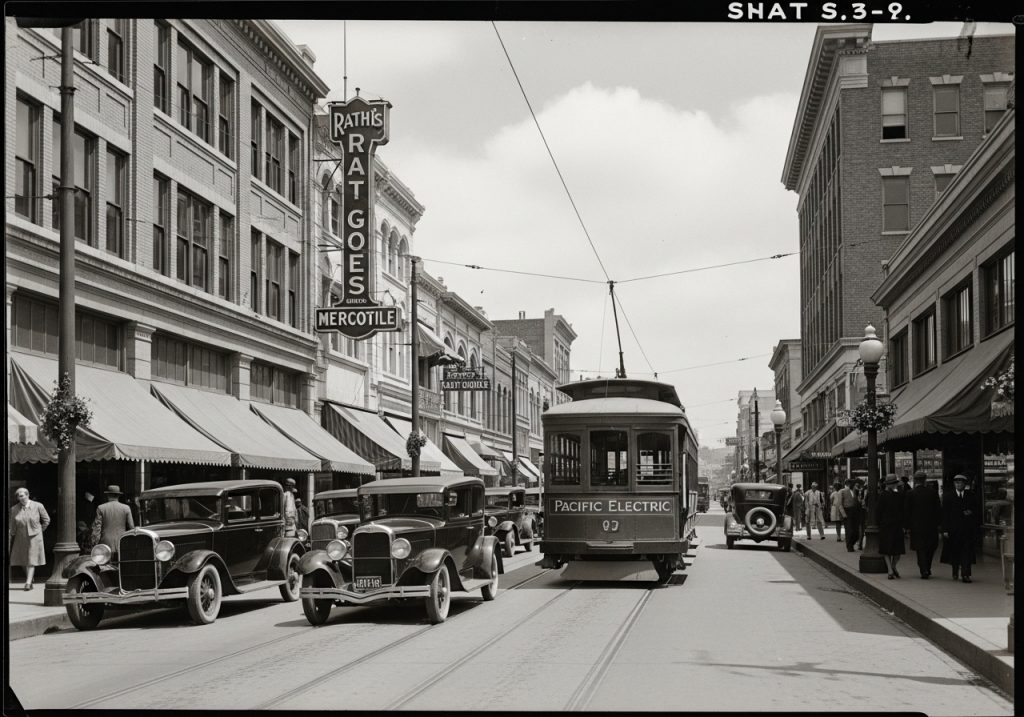Growth Through the 20th Century
Economic Expansion and the World Wars
Santa Ana entered the 20th century as a burgeoning center of agriculture, particularly citrus farming, which flourished in the region’s Mediterranean climate. The city’s infrastructure expanded rapidly, with electric streetcars, paved roads, and public buildings. During World War II, the Santa Ana Army Air Base was established, bringing thousands of military personnel and sparking economic and demographic growth.
Postwar Boom and Suburbanization
After WWII, Santa Ana experienced a postwar housing boom, attracting returning veterans and families. This era marked the beginning of suburban development and the construction of schools, shopping centers, and highways. The population exploded, and the city became a central hub within the growing Southern California metropolis.
Diversity and Modern Developments
By the late 20th century, Santa Ana had transformed into a vibrant, culturally diverse city, with a large and dynamic Latino population that reshaped the city’s cultural and economic landscape. The downtown area, once in decline, underwent revitalization efforts including the Artists Village and historic preservation projects. Today, Santa Ana is known for its thriving arts scene, civic engagement, and as the governmental heart of Orange County, continuing to evolve while honoring its layered and rich history.
